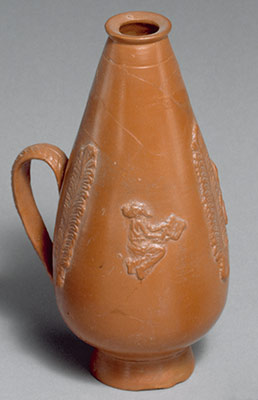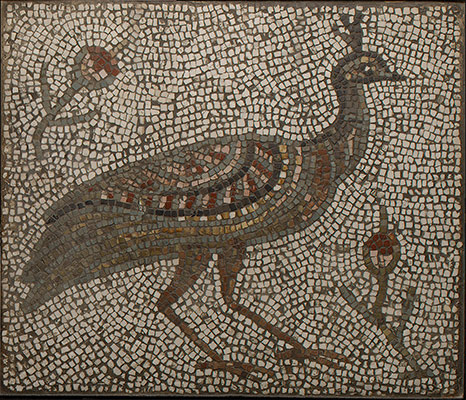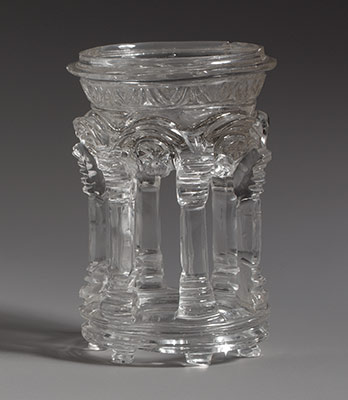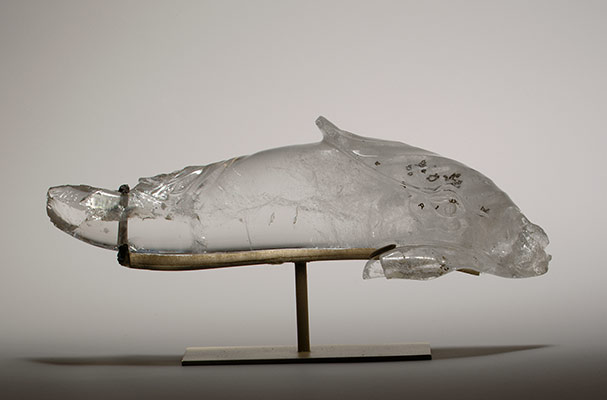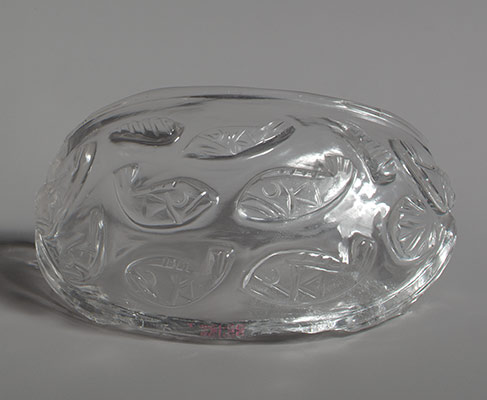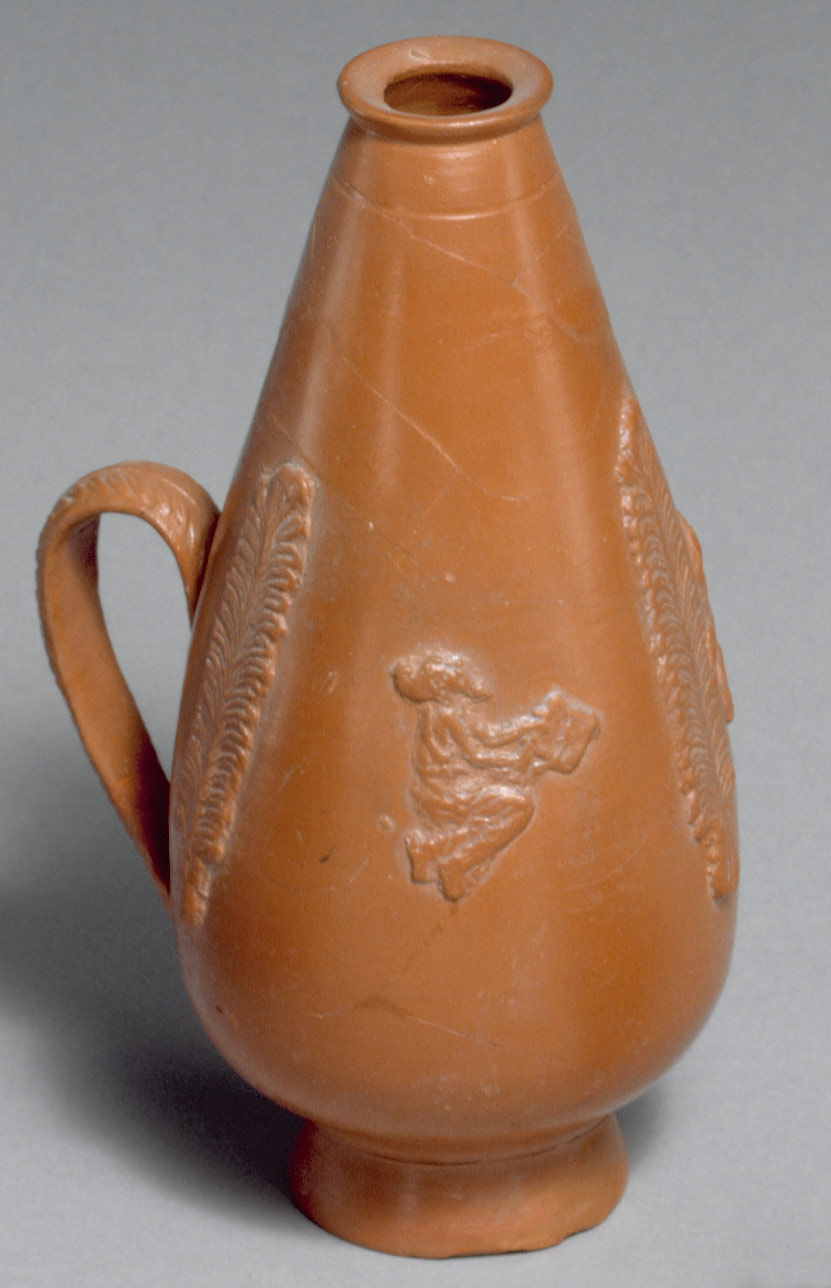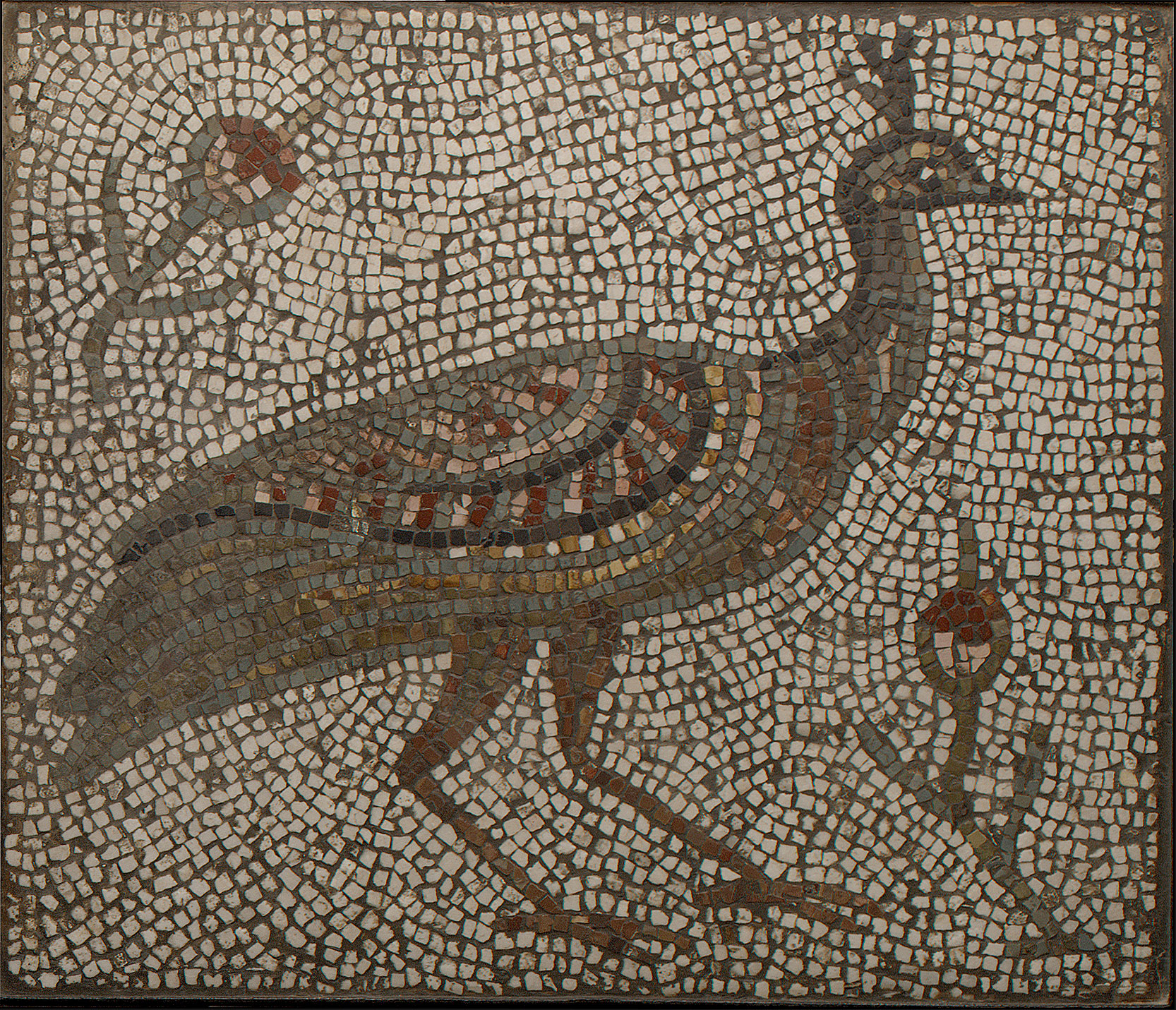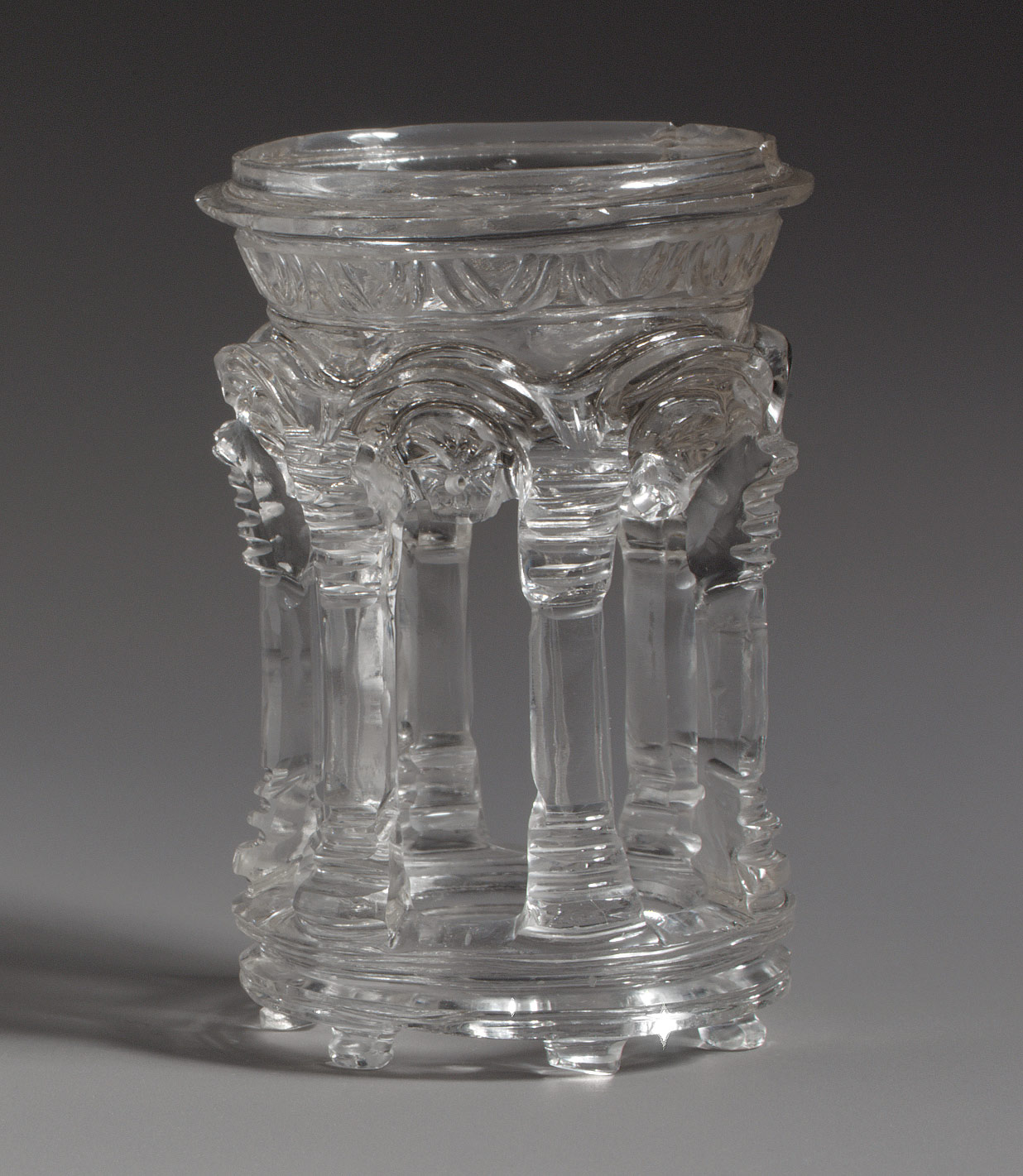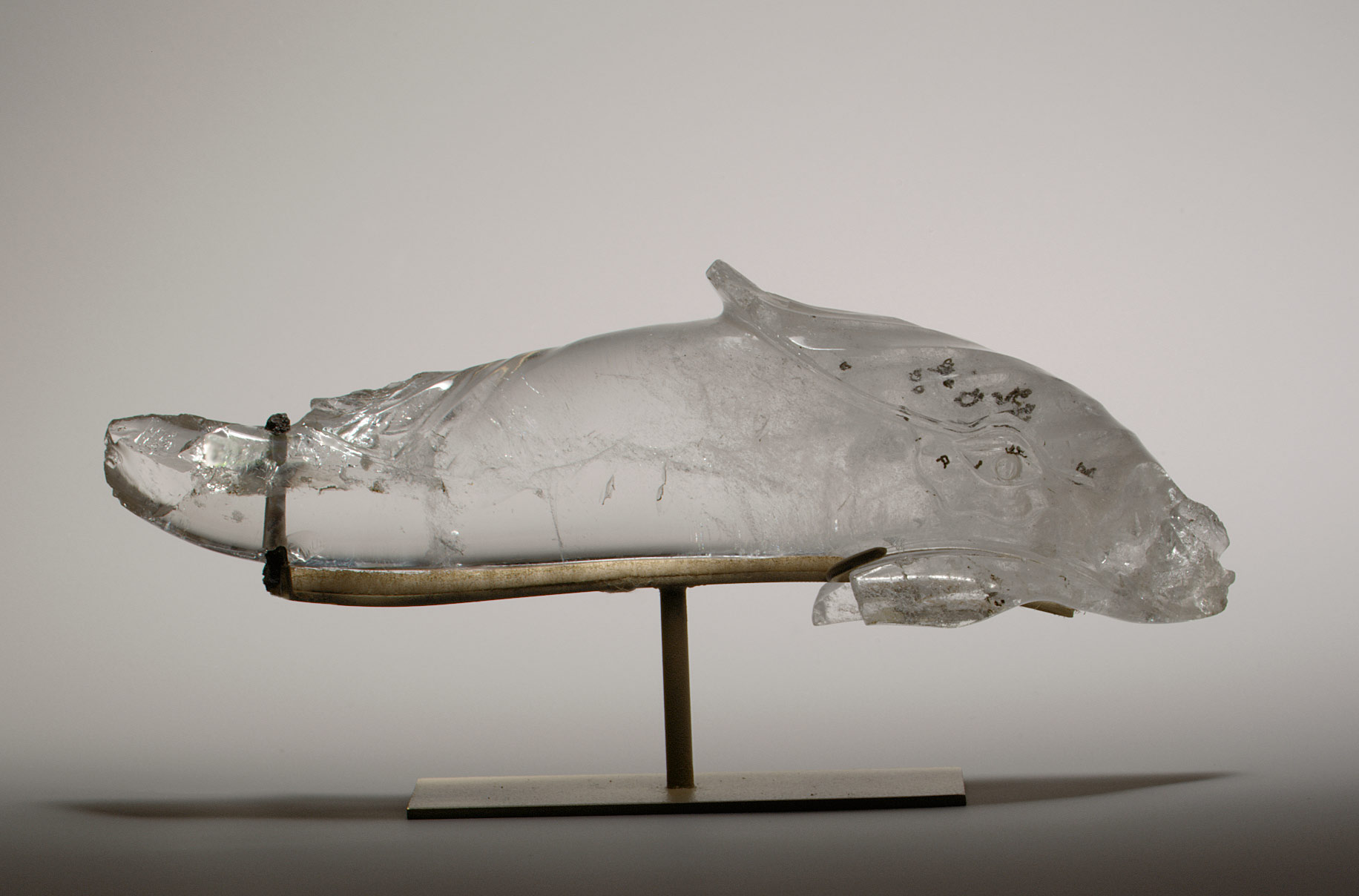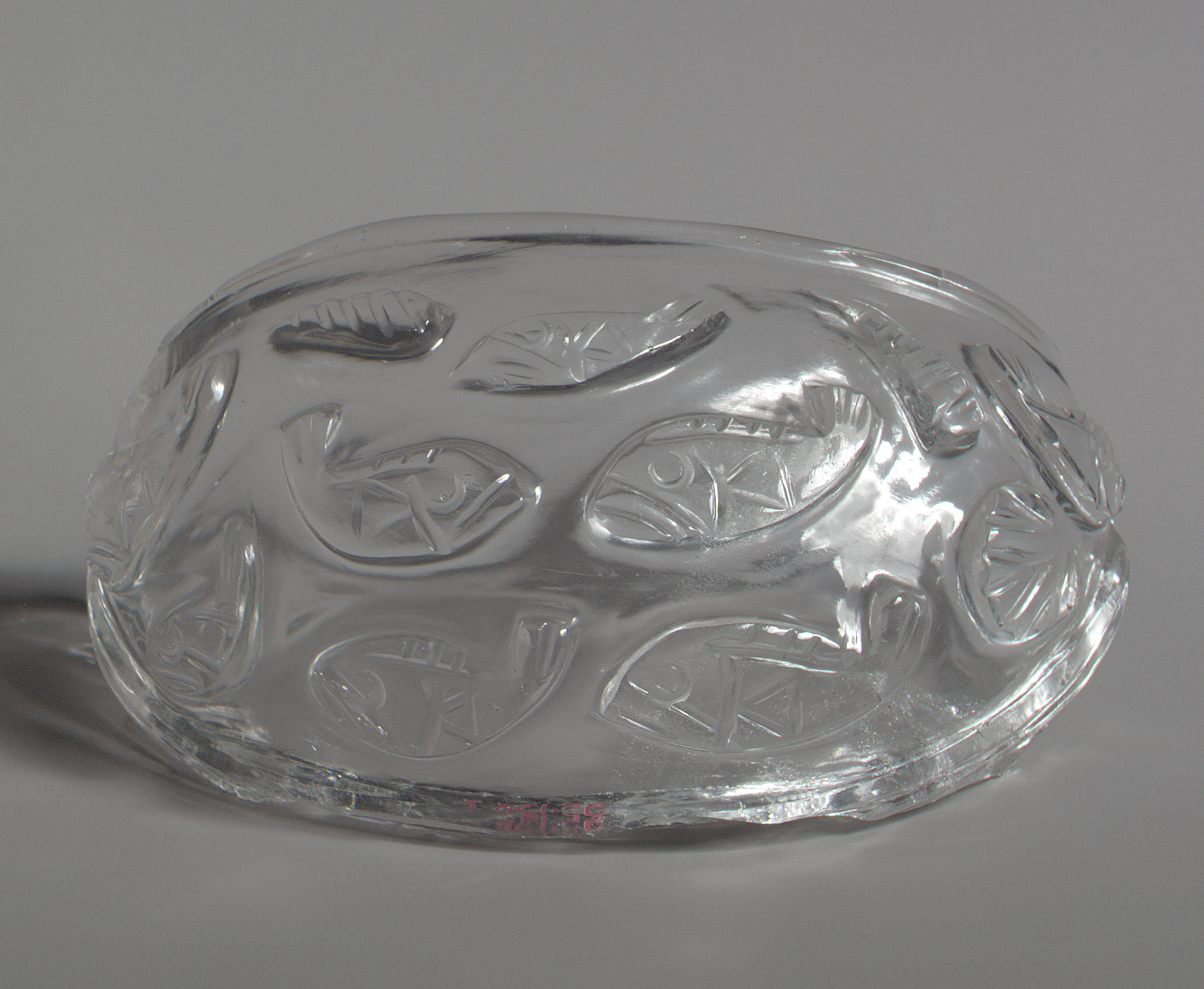In the period from 1 to 500 A.D., western North Africa is one of the most prosperous and stable regions of the Roman empire, supplying the capital with staple crops and luxury goods. Peace and wealth create ideal conditions for a flowering of artistic and intellectual life.
Western North Africa, 1–500 A.D.
Timeline
1 A.D.
125 A.D.
125 A.D.
250 A.D.
250 A.D.
375 A.D.
375 A.D.
500 A.D.
Overview
Key Events
-
40 A.D.
Ptolemy, son of Juba II and king of Mauritania, is murdered at Rome. The kingdom comes to an end and is incorporated into the Roman empire. Within four years, coloniae—settlements with garrisons of soldiers—are established in Mauritanian territory.
-
ca. 150 A.D.
Carthage is again a thriving and populous city. Thanks to its fine port and strategic location, the Romans move to rebuild the site. By the second century, it is filled with splendid buildings of Roman design, including a bath complex overlooking the sea. Numerous other cities in the region follow the Roman model. They have streets organized on a grid plan, a forum to serve as a civic and commercial center, theaters and amphitheaters for entertainment, and temples to the Roman deities Saturn and Juno, often erected on the sites of sanctuaries dedicated to their Carthaginian counterparts Baal Hammon and Tanit.
-
193 A.D.
Septimius Severus, a native of Leptis Magna in modern Libya, becomes Roman emperor. He graces his native city with an extraordinary triumphal arch, and other African cities with equal distinctions. Among the commodities North Africa exports are staples like wheat and olive oil and luxury goods such as ivory, precious woods, and wild animals for gladiatorial shows.
-
ca. 200 A.D.
Carthage has become a center of learning, both pagan and Christian. The great apologist Tertullian (ca. 160–220 A.D.) is one of many celebrated teachers of Christian theology active there.
-
ca. 250 A.D.
African workshops make mosaic floors of many-colored stone tiles in a variety of geometric, floral, and figural designs, including scenes from mythology. These mosaics and their makers are in demand throughout the Roman world. Around 310 A.D., for example, a group goes to Piazza Armerina in Sicily to execute an important commission at the imperial villa there.
-
ca. 300 A.D.
A burnished earthenware now known as African Red Slip Ware is manufactured in North Africa and exported throughout the Roman world. Formed into shallow dishes, containers of various shapes, and panels in imitation of more expensive ivories, the ceramics bear molded decorations that illustrate scenes from the circus and the arena as well as stories from mythology and the Bible.
-
ca. 313 A.D.
The Donatist schism begins in the African church. Under the Roman emperors Diocletian and Maximianus, Christians suffered violent persecution, and a number of bishops handed over Scriptures to spare themselves and their congregations. Once Christianity gains sanction from Rome in 312 A.D., these bishops are criticized by some. Controversy rages over whether those who had shrunk from martyrdom are fit to perform acts of consecration; breakaway congregations are formed by critics. Full reconciliation between these Donatist groups and the Orthodox Church is not achieved until the fifth century. In the interim, the number of church buildings multiplies to accommodate the various congregations.
-
395 A.D.
Augustine is named bishop of Hippo. Born in Thagaste in 354, Augustine studied rhetoric in Carthage and Rome and pursued various philosophies before converting to Christianity in 386. Celebrated in his lifetime for his wisdom and erudition, he is admired today for his writings, which include The City of God and The Confessions, a spiritual autobiography. Augustine dies in the Vandal siege of Hippo in 430 and is later canonized.
-
ca. 400 A.D.
North African artisans fashion small objects of rock crystal, a translucent material long believed to have magical properties. In Christian times, it is believed to guarantee a hearing for the prayers of the faithful who hold it. Rock-crystal carvings reflect in miniature the same motifs and styles employed in the decoration of churches.
-
429 A.D.
The Vandals, a Germanic tribe, invade North Africa from Spain. Their conquests are both brutal and swift, and they occupy Carthage as their capital. Although chaos reigns in the years just after their arrival, order returns in time, and Roman customs continue. The illiterate Vandals adopt the written Latin language, maintain country villas in the Roman style, and restore baths, theaters, and churches.
Citation
“Western North Africa, 1–500 A.D.” In Heilbrunn Timeline of Art History. New York: The Metropolitan Museum of Art, 2000–. http://www.metmuseum.org/toah/ht/?period=05®ion=afw (October 2000)
Related
Map

